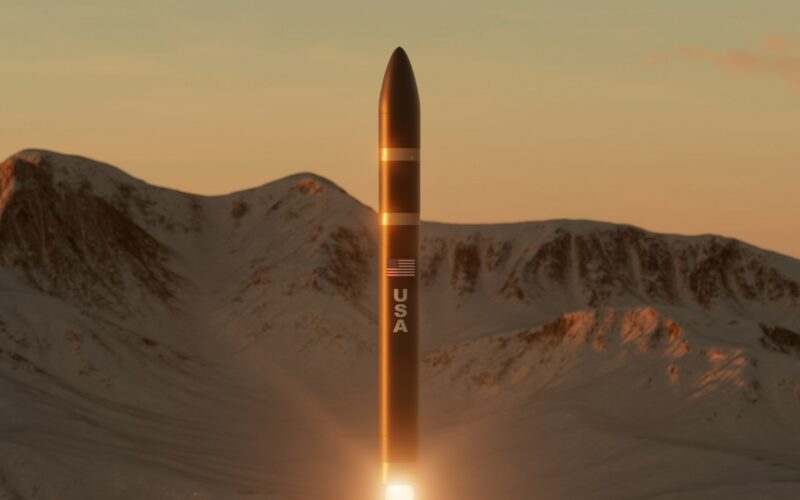Lockheed Martin has secured a $17 billion contract to lead the Next-Generation Interceptor (NGI) development. The announcement came from the US Missile Defense Agency (MDA) on April 15, 2024.
The NGI project aims to fortify the United States against potential intercontinental ballistic missile (ICBM) threats. Lockheed Martin, appointed as the NGI’s prime contractor, will design a new interceptor for the Ground-based Midcourse Defense (GMD) system.
Established in 1998, the GMD is a network of radars, interceptors, and related infrastructure positioned to safeguard the United States against ICBM threats. While the system’s sensors span the globe, its interceptors are stationed at Fort Greely, Alaska, and Vandenberg Air Force Base, California.
The current Ground-Based Interceptor (GBI) comprises a joint design, featuring a boost vehicle by Orbital Sciences Corporation (now Northrop Grumman Space Systems) and an Exoatmospheric Kill Vehicle (EKV) by Raytheon.
Initiated by the MDA in 2019, the NGI competition sought to replace aging ballistic missile defense interceptors. A tender saw contracts awarded to Lockheed Martin and Northrop Grumman, but the former has now emerged as the frontrunner for advancing to the next phase.
“The American defense industry is one of our country’s greatest strengths, and having to decide between the two different design approaches was very difficult,” said Lieutenant General Heath Collins, Director of the MDA. “That said, in our effort to Go Fast and Think Big, we are very confident in our decision to go with Lockheed Martin and its plans to develop and field a Next Generation Interceptor that will meet USNORTHCOM’s operational need and be ready for emplacement in 2028.”
Lockheed Martin’s NGI is currently in its technology development stage, with plans to transition into product development by May 2024.

